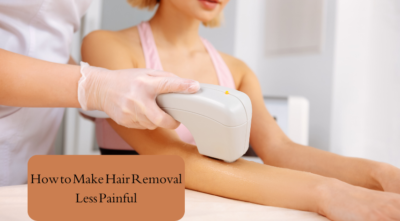How to Make Hair Removal Less Painful
17
VIEWS
Andrew Barry
Andrew Barry, a seasoned expert in product reviews, brings a keen eye and insightful analysis to the world of consumer goods. With a passion for evaluating and recommending the best products, he navigates the market to help consumers make informed decisions.
Recommended For You
Spread the loveChoosing the perfect mother of the bride dress is a significant part of preparing for your daughter’s wedding.
by: Lareal Young, July 3, 2024
Spread the loveAre you looking for the delicious and unique taste of Indian sweets with a variety of soulful and
Spread the loveIn Colorado, achieving a lush, green lawn can be a challenge due to the state’s unique climate and



